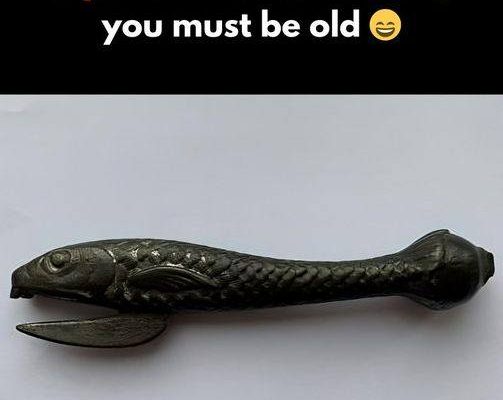The Early Days of Canned Food and the Birth of the Can Opener
The story of the can opener begins with the invention of the can itself. In 1810, Peter Durand revolutionized food preservation by patenting a method for sealing food in tinned iron containers. While this invention was groundbreaking, it presented an unforeseen challenge: how to open the sturdy metal cans. For the next several decades, cans were opened using chisels, hammers, and other crude methods, making the process both labor-intensive and dangerous.
It wasn’t until 1855 that Robert Yeates, an English cutlery maker, developed and patented the first can opener. His design, however, was far from the modern version we use today. It was a claw-like tool, which still required considerable force to puncture the thick metal of cans, but it represented a step forward in can-opening technology.
In 1870, American inventor William Lyman improved upon Yeates’ design with a more user-friendly can opener featuring a rotating wheel. This allowed the opener to glide around the can’s edge, creating a more efficient and safer method. This basic principle remains the foundation of many can openers used today.
Evolution of Can Openers
As the canned food industry grew throughout the late 19th and early 20th centuries, so too did the demand for easier ways to open cans. In 1925, the Star Can Opener Company introduced the double-wheeled opener, which made the process smoother. This innovation reduced the need for excessive force and increased precision.
In the 1950s, the introduction of the electric can opener marked another significant leap in convenience. With the press of a button, consumers could open cans effortlessly, adding a modern touch to the kitchen. Despite this innovation, manual can openers continued to hold a firm place in households due to their reliability and portability.
Usage of the Vintage Can Opener
Vintage can openers, especially manual ones, were essential kitchen tools for households throughout the 19th and 20th centuries. These devices offered a simple, effective way to access canned goods, which became a staple in homes around the world. As mass production of food took off, particularly during wartime and the post-war boom, can openers became indispensable. Canned food offered an affordable and practical way to store food for long periods, and can openers were the key to unlocking that convenience.
Beyond household use, vintage can openers were also vital in other settings. In military contexts, for instance, soldiers relied on compact can openers to access rations during long deployments. The P-38 can opener, developed by the U.S. military in the 1940s, was a small, foldable tool designed for soldiers to carry in their packs, further cementing the legacy of the can opener as a crucial utility.
The Legacy of Vintage Can Openers
The legacy of vintage can openers lies not only in their practicality but also in their representation of a changing society. As the industrial revolution led to advances in food preservation and packaging, can openers became an everyday item, symbolizing innovation and convenience. The ability to store and access food without relying on immediate freshness changed the way people lived, traveled, and ate.
Today, vintage can openers are more than just functional items; they are collectors’ pieces that capture a slice of history. Their designs, ranging from simple claw-like tools to more ornate models, reflect the technological evolution of the 19th and 20th centuries. Antique markets and online auctions often feature vintage can openers, some of which have become prized possessions due to their rarity and unique craftsmanship.
In modern kitchens, while electric models may dominate, the humble manual can opener still retains its place. Whether for nostalgic purposes or for practical use, especially during power outages or when traveling, these vintage tools continue to prove their value.
Conclusion
The vintage can opener’s history is one of innovation, adaptation, and necessity. From its early iterations designed to tackle the tough tin cans of the 19th century to its streamlined and user-friendly designs today, the can opener remains an essential tool in kitchens worldwide. Its legacy as a symbol of practicality and ingenuity endures, preserving its place in culinary history.



